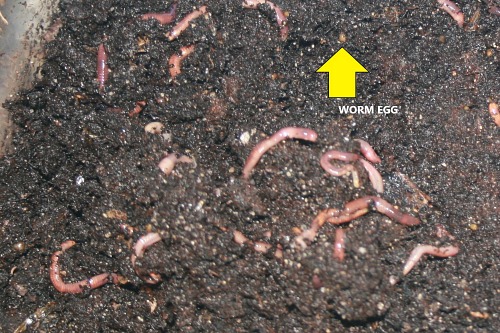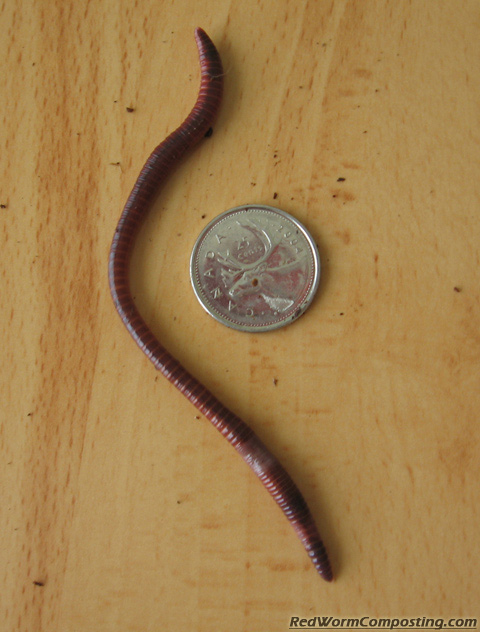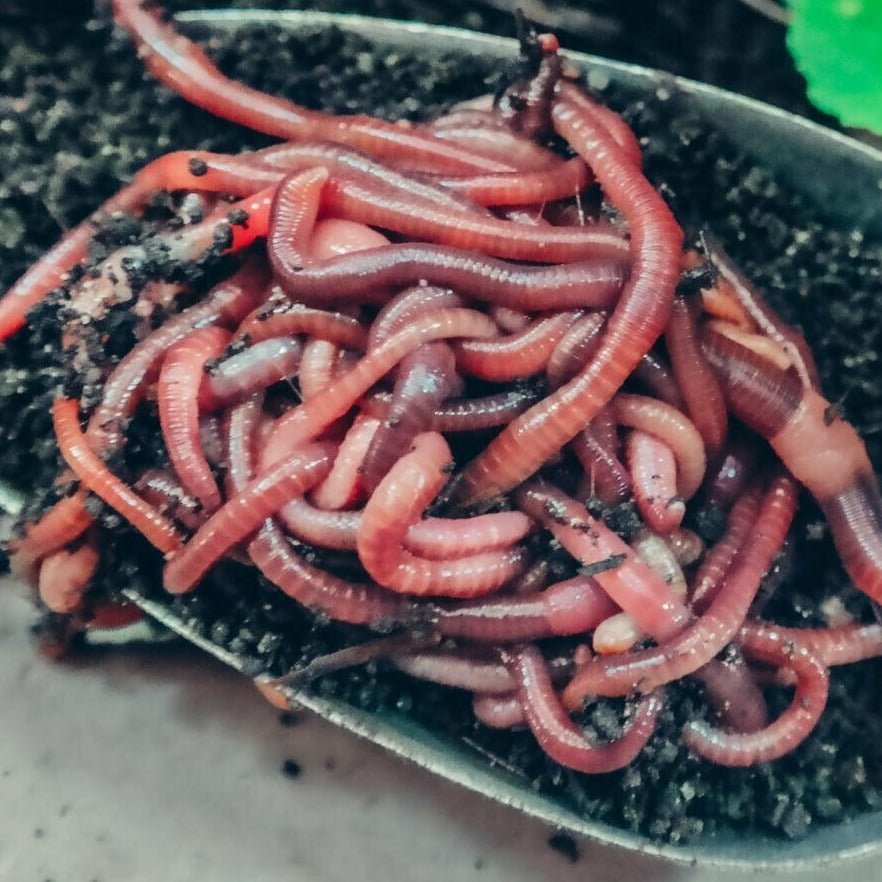Red Wiggler Express: A Trusted Name for Worms and Angling Needs
Red Wiggler Express: A Trusted Name for Worms and Angling Needs
Blog Article
Red Wigglers: The Unsung Heroes of Organic Waste Recycling
Red wigglers, or Eisenia fetida, serve as crucial agents in the natural waste recycling procedure, changing disposed of materials right into useful vermicompost. As the globe significantly looks for solutions to combat waste build-up and enhance agricultural performance, recognizing the role of these worms ends up being necessary.
What Are Red Wigglers?
The remarkable resilience of red wigglers, clinically called Eisenia fetida, emphasizes their important role in natural waste recycling. These little, reddish-brown earthworms are generally discovered in breaking down organic issue, such as compost heap and manure loads. Lake Hickory Bait. Unlike other earthworm types, red wigglers thrive in nutrient-rich environments and are extremely reliable at damaging down organic materials, making them necessary for vermicomposting

(Red Wiggler Express)Along with their function in waste decrease, red wigglers add to dirt health by enhancing dirt framework and oygenation through their delving tasks (Lake Hickory Bait). Their visibility in composting systems not only enhances decay rates but likewise promotes a sustainable method to squander monitoring, highlighting their significance in environmental conservation efforts
Benefits of Composting With Worms
Composting with worms, particularly red wigglers, supplies countless benefits that boost both waste monitoring and soil health and wellness. Initially, these worms effectively damage down organic waste, converting it right into nutrient-rich vermicompost that improves dirt. This process speeds up decomposition, enabling a much faster recycling of cooking area scraps and various other natural products contrasted to standard composting techniques.
Additionally, the vermicompost generated by red wigglers is including beneficial microbes, which aid enhance soil framework, oygenation, and wetness retention. This enhances the overall health and wellness of plants, advertising energetic development and increased yields in gardens and farming settings. The use of worms in composting lessens the production of greenhouse gases, such as methane, adding to an extra sustainable waste administration system.

How to Begin Vermicomposting
Establishing a vermicomposting system is an uncomplicated procedure that can produce considerable advantages for both waste management and dirt enrichment. To begin, choose a suitable container, such as a plastic bin or wood box, with adequate air flow openings to guarantee correct air flow. The dimensions need to ideally be around 2 feet by 3 feet, permitting sufficient room for the worms to prosper.
Next, prepare bedding material, which can contain shredded paper, cardboard, or coconut coir. This site web bedding should be dampened to produce an ideal environment for the worms. When the bedding is in location, present red wigglers (Eisenia fetida) into the bin, typically around one extra pound of worms for every square foot of surface location.
Complying with the positioning of worms, include organic waste, such as fruit and vegetable scraps, coffee premises, and crushed eggshells. With these actions, you will properly launch a vermicomposting system that adds to sustainable waste administration and enhances your dirt.
Preserving a Healthy And Balanced Worm Container
(Lake Hickory Bait)Keeping a worm bin growing requires normal focus and care to ensure the health of the red wigglers and the performance of the composting process. Correct maintenance starts with keeping track of the dampness levels; the bin needs to be damp but not saturated. A great policy of thumb is to maintain a consistency similar to a wrung-out sponge.
Aeration is important too. Delicately blending the bed linen and food scraps every couple of weeks prevents compaction and makes certain that all worms have accessibility to oxygen. In addition, it is essential to feed the worms appropriately. A balanced diet of fruit and veggie scraps, coffee premises, and crushed eggshells ought to be offered in moderation to avoid overfeeding, which can bring about smells and parasites.
Temperature regulation is one more important facet. Red wigglers prosper in a series of 55 to 77 levels Fahrenheit. If the container comes to be as well warm or cold, the worms may end up being stressed out - Lake Hickory Bait. Finally, occasionally look for signs of wellness, such as worm population growth and the existence of healthy spreadings. By diligently taking care of these aspects, one can keep a durable and productive worm container.
Influence On Lasting Living
The successful upkeep of a worm container not only benefits the wellness of red wigglers yet likewise contributes considerably to sustainable living techniques. By reusing organic waste, such as cooking area scraps and yard particles, red wigglers help draw away considerable amounts of product from garbage dumps. This reduction in waste not just reduces greenhouse gas discharges however additionally minimizes the environmental burden connected with waste administration.
Additionally, the spreadings produced by red wigglers function as a nutrient-rich organic plant food, improving soil health and advertising plant development. This natural alternative to chemical fertilizers sustains sustainable farming and horticulture methods, reducing dependence on synthetic inputs that can harm environments. In addition, worm composting promotes understanding of waste monitoring, motivating individuals and neighborhoods to adopt even more sustainable habits.

Verdict
In recap, red wigglers serve as crucial contributors to organic waste recycling through their efficient decay of natural products. Their ability to produce nutrient-rich vermicompost enhances soil health and sustains lasting farming techniques. By incorporating vermicomposting into waste monitoring strategies, people and neighborhoods can substantially reduce waste while promoting ecological sustainability. The duty of Eisenia fetida in fostering healthy ecosystems emphasizes the significance of these microorganisms in achieving lasting living and boosting soil fertility.
Report this page